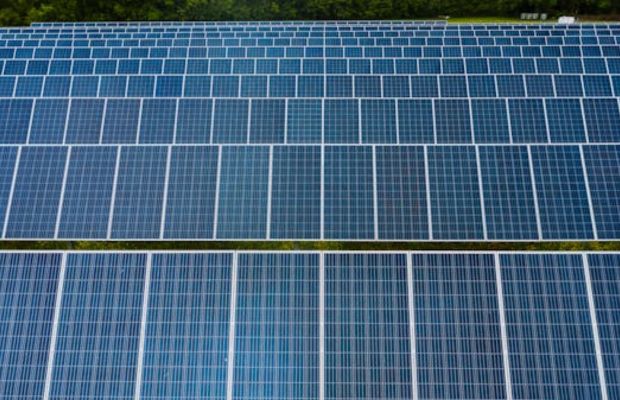Indonesia is aiming for renewable energy to dominate 70% of its new power projects over the next decade. However, the challenge lies in expanding the grid to distribute this green energy efficiently.
Abdan Satria, Executive Vice President of Business Development and Investment at Indonesia’s state-owned power company, PLN, highlighted the need for innovative financing tools to build a 50,000-kilometer-long transmission network. This network is crucial for transporting renewable energy from various scattered sources across the archipelago to urban centers where demand is high.
During a panel discussion at the Asia Infrastructure Forum in Singapore last Wednesday, Satria emphasized the importance of private sector involvement in financing the grid deployment. While the private sector is promised returns for power generation, the responsibility for grid development falls primarily on the state-owned PLN.
The Indonesian government’s ambitious renewable energy goals require substantial investment in infrastructure. The development of a robust transmission network is essential to harnessing the full potential of renewable energy sources such as solar, wind, and hydroelectric power.
Satria’s call for innovative financing tools reflects the need for creative solutions to overcome the financial barriers hindering grid expansion. By involving the private sector in financing and implementing grid projects, Indonesia hopes to accelerate the transition towards a cleaner and more sustainable energy future.
The success of Indonesia’s renewable energy ambitions hinges on its ability to overcome challenges related to grid development. With the support of private sector investment and innovative financing mechanisms, the country aims to build a transmission network capable of efficiently distributing renewable energy across its vast and diverse landscape.
As per IEEFA, Indonesia is the world’s fourth most populous country is also the largest global thermal coal exporter. The once rich oil and gas country is now attempting to reconcile its fossil fuel past with its renewable energy future, while keeping access to energy affordable for consumers. “It has the largest fleet of coal-fired power plants in Southeast Asia, with varying age and performance. However, depleting coal-related finances, electricity oversupply in major grids and undersupply in others, taken with its own climate commitments and the unique geographical conditions of this island nation, create formidable challenges for progress,” the Institute of Energy Economics and Financial Analysis (IEEFA) said.

